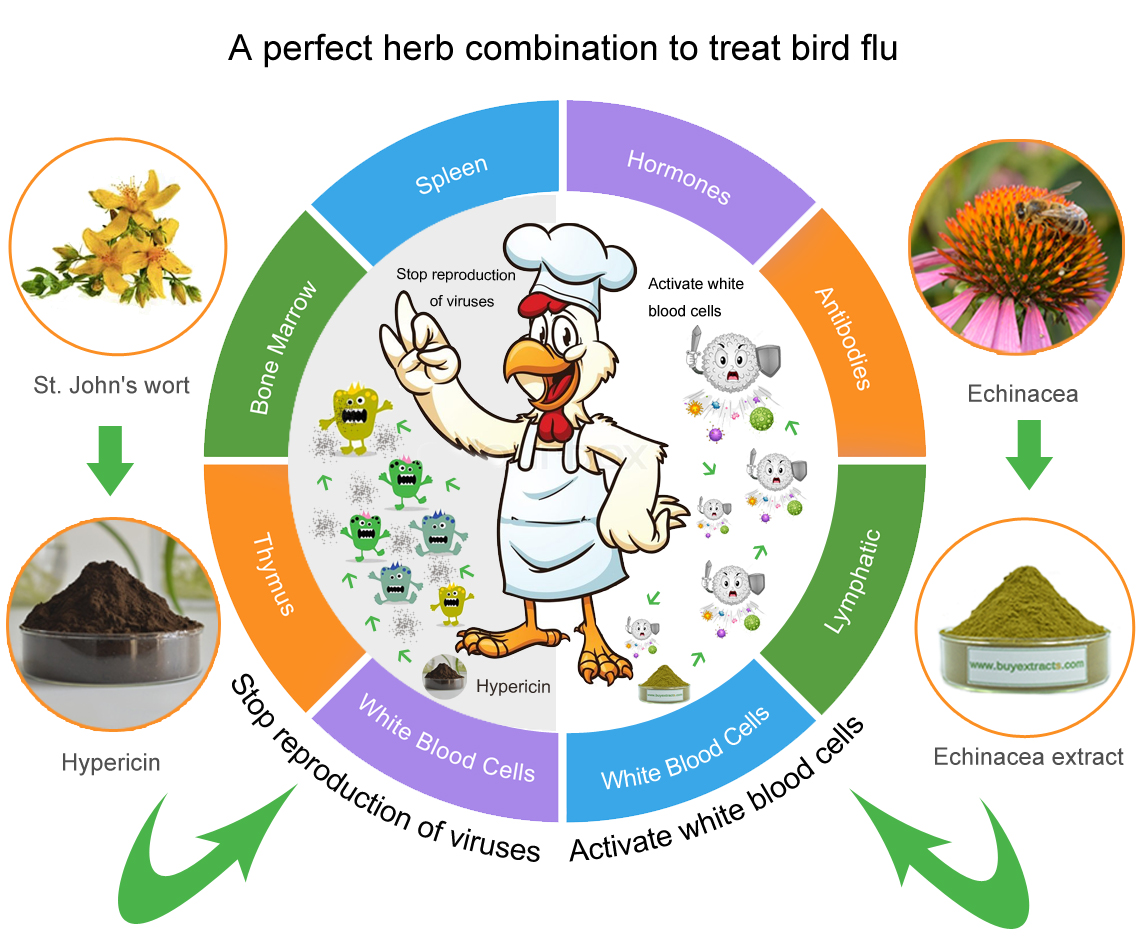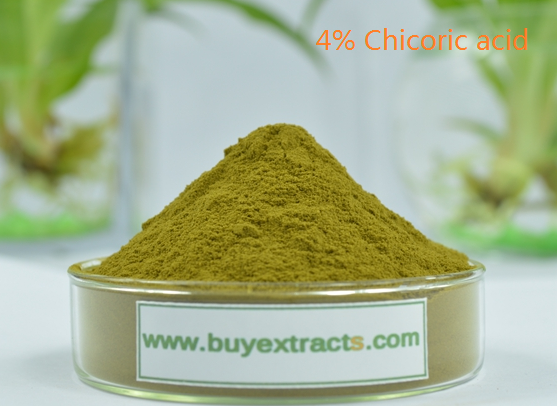Certain antibiotics have historically been used in the feed or drinking water of food animals for production purposes, such as to enhance growth or improve feed utilization. Due to the risks associated with their use and development of antibiotic resistance, more and more governments around the world has prohibited the use of medically important antibiotic drugs in animal feeds for growth promoting purposes. European Union imposed the ban on the subtherapeutic use of antibiotics in animal feeds in 2006, and America in 2010.
Now, as a result of these bans and increasing demand of organic animal products, there is need to find natural antibiotics which can maintain health and improve performance of livestock without any residual effects. Echinacea Purpurea extract is one of the most promising phytogenic additives due to its immuno-stimulatory and potentiatory properties. After two years of experiment, researchers of the Echinacea R&D team in Palmed Green Science Limited has developed special Echinacea Purpurea extracts for feed additives manufacturers.

Brief introduction of Echinacea Purpurea
Echinacea Purpurea, also known as purple coneflowers, belongs to the family of Asteraceae. These beautiful coneflowers used traditionally in American Indian medicine as a “cure-all” now is commonly used as a herbal immunostimulant and for the purposes of fighting respiratory ailments and flu symptoms. It is among the top 10 best-selling botanicals in the U.S. today. It contains many substances of high biological activity, such as cichoric acid, alkylamides, and echinacoside. Due to these active compounds, this plant and its extracts have earned the reputation as a natural antibiotic for its antibacterial, antivirus and anti-inflammatory effect. Being added to feed or water, the extracts work as a growth enhancer in livestock by enhancing feed intake, activating digestive enzymes and stimulating immune function.
Experiments conducted on different livestock species
Present research on the use of Echinacea extract in livestock is still limited but available results indicate positive effects in terms of weight gain, feed utilization, improved meat quality and immunity response in poultry and swine.
Broiler
In a 2011 study conducted by four Iranian scholars, they concluded that when compared with an antibiotic growth promoter (flavophospholipol), continuous application (6 weeks) of 5 g/kg EP in diet led to better growth performance and immune responses in broiler chicks. During the well-designed 42 days study with 336 one-day-old broiler chicks, the group receiving 5 g/kg ground dried aerial part of EP (containing 0.2% flavonol-o-glycosides) continuously in 6 weeks resulted in the highest body weight gain and antibody titres against sheep red blood cell (SRBC) and Newcastle virus when compared to other groups.
Another group of Iranian researchers, Dehkordi and his colleagues, found that feeding E. purpurea root powder, particularly for long time, may improve feed conversion, change white blood cells (WBC) number and enhance immunity response in broiler chicks. They made the conclusion based on three replicate trials involving a total of 600 a-day-old chicks. The dried, powdered two years old E. purpurea root used in this study contained 1.54% cichoric acid. The results of their study demonstrate that feed supplementation with E. purpurea for 6 weeks, particularly at concentration of 0.5%, results in lower feed consumption, higher weight gain, increased total count of WBC and more antibody titers against newcastle and avian influenza diseases.
In a paper published in one of the Oxford Journals, The Journal of Applied Poultry Research, Lee and other three Taiwan researchers made conclusion that dried EP powder can be used as a feed additive to improve the feed conversion of broilers. The EP powder used in their study, containing 2.32% cichoric acid, is prepared by grounding the entire dried plant. Based on their 35-day experiments involving 500 one-day-old broilers, they recommended that 0.5% to 1.0% dried EP powder can be added in the diets of chicks to improve growth performance.
Swine
Hanczakowska and Świątkiewicz concluded form their study in 2007 that Echinacea purpurea water extract supplement in moderate amount (500 mg per kg of feed) improves body weight gains and feed utilization in pig fatteners, while higher amount (1000 mg per kg of feed) of this extract in feed does not. The experiment was carried out on 96 fatteners of both sexes, however, the specific information of the Echinacea products they use was not mentioned.
A research group in Iowa State University suggested that E. purpurea may have promise as a substitute additive for pig diets as a subtherapeutic antibiotic. The results of the 4-week study suggested that 2% Echinacea (a powder of the leaves, stems, and blossoms of the plant) in diet does not suppress feed intake or the weight gain in nursery pigs infected with porcine reproductive and respiratory syndrome virus (PRRSV) compared with the no supplement or Mecadox diets.
The outcome of experiments with Echinacea products may be used as guiding line and rationale for the application of the substance in livestock production. But, as numerous Echinacea products are available in the market, differing from each other in their method of preparation and level of active substances, it is a real headache for animal feed additives manufacturers to determine which one to choose.
About our products
To solve this problem, researchers in Palmed developed specialized Echinacea Purpurea extract for livestock based on numerous experiments and veterinary use. The products blew are now available for different purposes:
- For treatment purpose: 1% Cichoric acid and 6% Polyphenols extracts suitable for oral (by feed or drinking water) administration;
- For prevention purpose: relatively cheaper 4% Polyphenols water extracts.
For the prevention and treatment of bird flu in poultry, our researchers recommended the combination of two natural antibiotics: E. Purpurea extract and Hypericin. The antiviral activity of the latter has been demonstrated by professor Liang in Chinese Academy of Agricultural Science. It is suggested that Hypericin exerts unique and uncommonly effective antiviral actions for highly pathogenic avian influenza. It kills all the bird flu viruses in vitro at the concentration of 3.27mg per ml 30 minutes after administration. It can directly interfere the reproduction of viruses by inhibiting reverse transcriptase. The mechanism of Hypericin makes it the perfect working partner of E. Purpurea extract, which is well known for its indirect antibiotics effect by increasing the production and activity of white blood cells, which can attack and destroy the virus.




